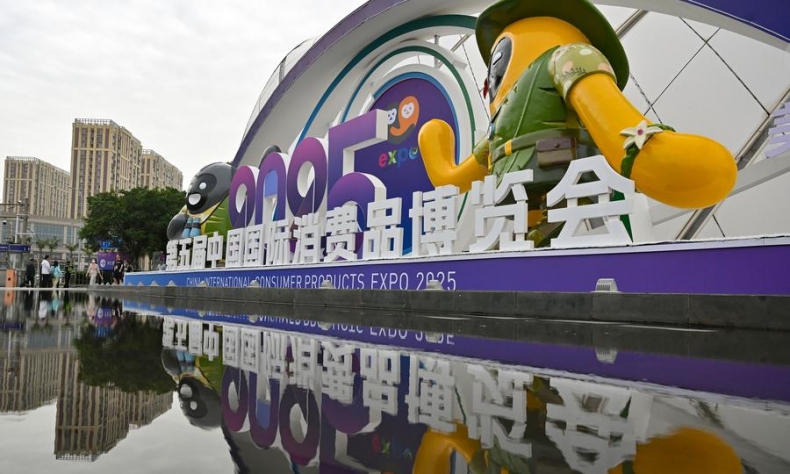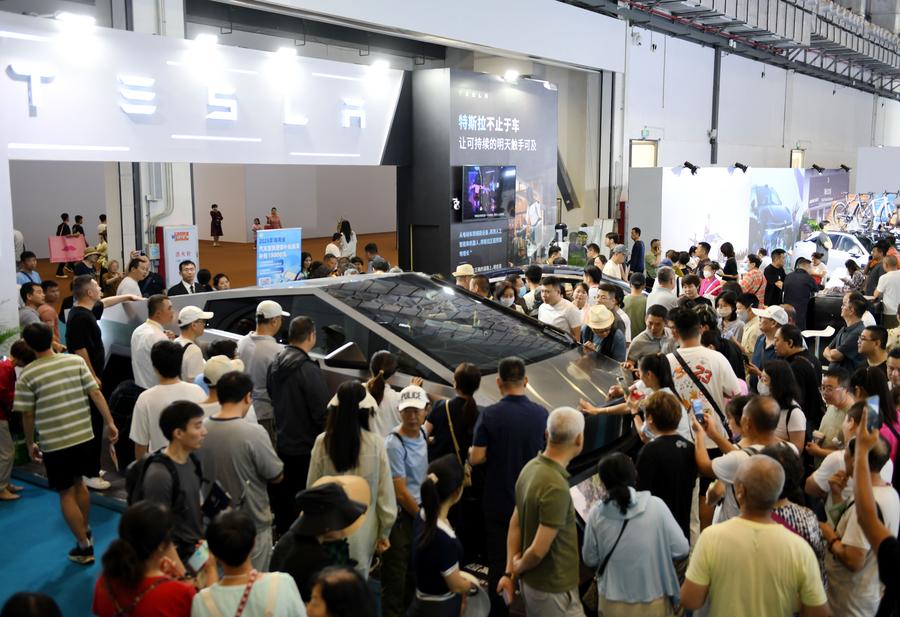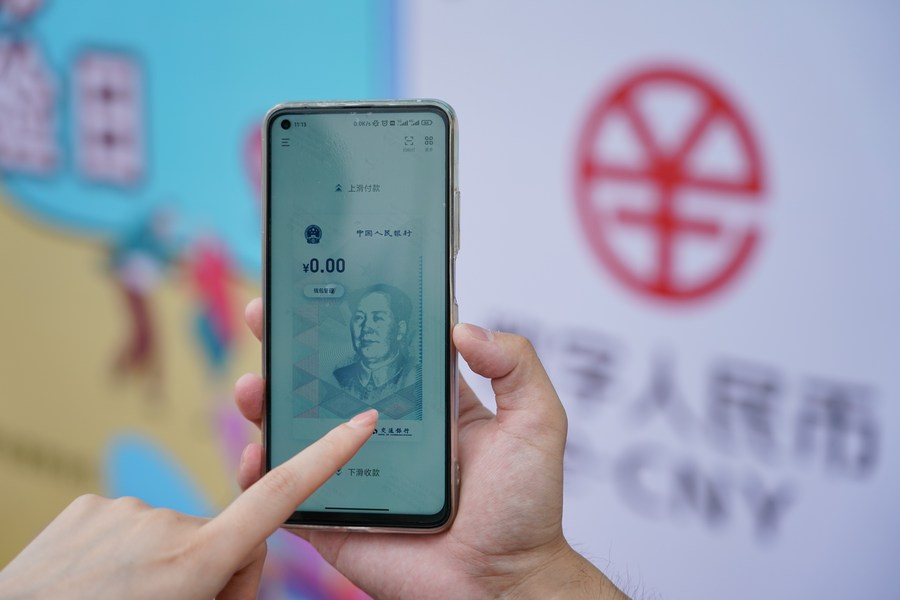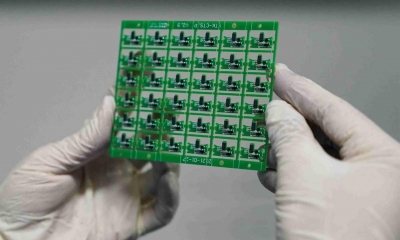The Future Builders Will Have the Future

A reminder that in the contest to shape the 21st century, it is the builders—not the breakers—who will define the future.
This week, more than 4,100 brands from 71 countries gather in Hainan for the fifth China International Consumer Products Expo (CICPE), the largest event of its kind in the Asia-Pacific. It may appear to be a celebration of high-end consumer goods—but that view is far too narrow. The CICPE is a powerful symbol of China’s larger role in the world: not as a disruptor, but as a builder.
At a time when a certain country is preoccupied with dismantling trade agreements, weaponizing tariffs, and severing technological links, China is focused on construction—of infrastructure, institutions, and innovation ecosystems. These aren’t isolated initiatives. They form a coherent strategy to reshape the foundations of global trade, governance, and technology.
Building infrastructure to promote global economy
China’s infrastructure push is best exemplified by the Belt and Road Initiative (BRI)—a vast, multi-continent effort to create connectivity through railroads, highways, ports, and energy grids.
High-speed rail connects Jakarta to Bandung in Indonesia.
Industrial parks and power plants stretch across Central Asia and Africa.
Digital Silk Road projects lay fiber-optic cables, satellite systems, and smart city infrastructure that tie the physical and digital worlds together.
Where others sow fragmentation, China creates interdependence. While the United States imposes tariffs and bans chip exports, China builds roads, ports, and data centers.
Building institutions to improve global rules
Like many developing countries, China is hoping to reform the old rules that are incomplete and defective. It’s writing new ones by creating new institutions that reflect a multi-polar world. These new institutions have begun to play their roles in enhancing multilateral cooperation and reshape world economic structure.、

The Shanghai Cooperation Organization (SCO) is a security and diplomatic inter-government organization spanning China, Russia, India, and Central Asia, advancing principles like sovereignty and non-interference—directly challenging Western interventionist norms.
The Asian Infrastructure Investment Bank (AIIB) now has over 100 members, including U.S. allies like Germany and the UK. Unlike the IMF or World Bank, it offers development finance without political strings.
The New Development Bank (NDB), created by BRICS countries, gives emerging economies access to funding.
Even global expos like the CICPE and the China International Import Expo (CIIE) act as soft power institutions—platforms where global brands and governments engage with China not only as a market, but as a shaper of emerging standards and practices.
In a world where multilateralism is under siege, China is quietly building new frameworks for cooperation.
Building innovation ecosystems to power the future
China doesn’t just innovate; it orchestrates ecosystems—vertically integrated, state-guided, and globally competitive.
Electric Vehicles (EVs): With companies like BYD, NIO, and CATL, China leads the world in production and export. Charging infrastructure, mineral access, and consumer subsidies are all coordinated to support a long-term industrial advantage.
Artificial Intelligence (AI): From city governance to healthcare, AI is being embedded as public infrastructure under the New Generation AI Development Plan.
Low-Altitude Economy: In Shenzhen and many other cities, China is pioneering autonomous drone corridors and aerial logistics networks, blending AI, 5G, and urban planning to create entirely new economic zones in the air.

Digital Yuan offers a new option for global trade
Among the most consequential pieces of China’s innovation architecture is the digital yuan (e-CNY)—the world’s most advanced central bank digital currency.
Traditional cross-border payments are slow and expensive, often routed through multiple intermediaries and priced in U.S. dollars. In contrast, the digital yuan enables real-time settlement in under 7 seconds and can cut transaction costs by over 90 percent, according to financial technology analysts and pilot data (source).
Integrated into platforms like WeChat Pay and Alipay, and tested through Project mBridge with partners like the UAE, Thailand, and Hong Kong, the digital yuan allows for programmable, traceable, and secure trade settlements without relying on SWIFT or dollar clearing systems.
The implications are vast. For countries facing sanctions or high fees, the digital yuan offers a lifeline. For developing economies, it lowers barriers to participation in global trade. And for China, it offers monetary sovereignty and geopolitical leverage in the digital age.
The builders will inherit the future
What makes China’s approach powerful is not just its scale—it’s its systemic design. Infrastructure feeds into trade. Institutions reinforce diplomatic ties. Technology supports strategic autonomy. While some nations disrupt, decouple, and destroy, China builds—with purpose, discipline, and a long-term view.
So as the world looks to Hainan this week, it would be a mistake to see only fashion brands and consumer products. The CICPE is not a sideshow—it’s part of a blueprint. A reminder that in the contest to shape the 21st century, it is the builders—not the breakers—who will define the future.
The article reflects the author’s opinions, and not necessarily the views of China Focus.
 Facebook
Facebook
 Twitter
Twitter
 Linkedin
Linkedin
 Google +
Google +





